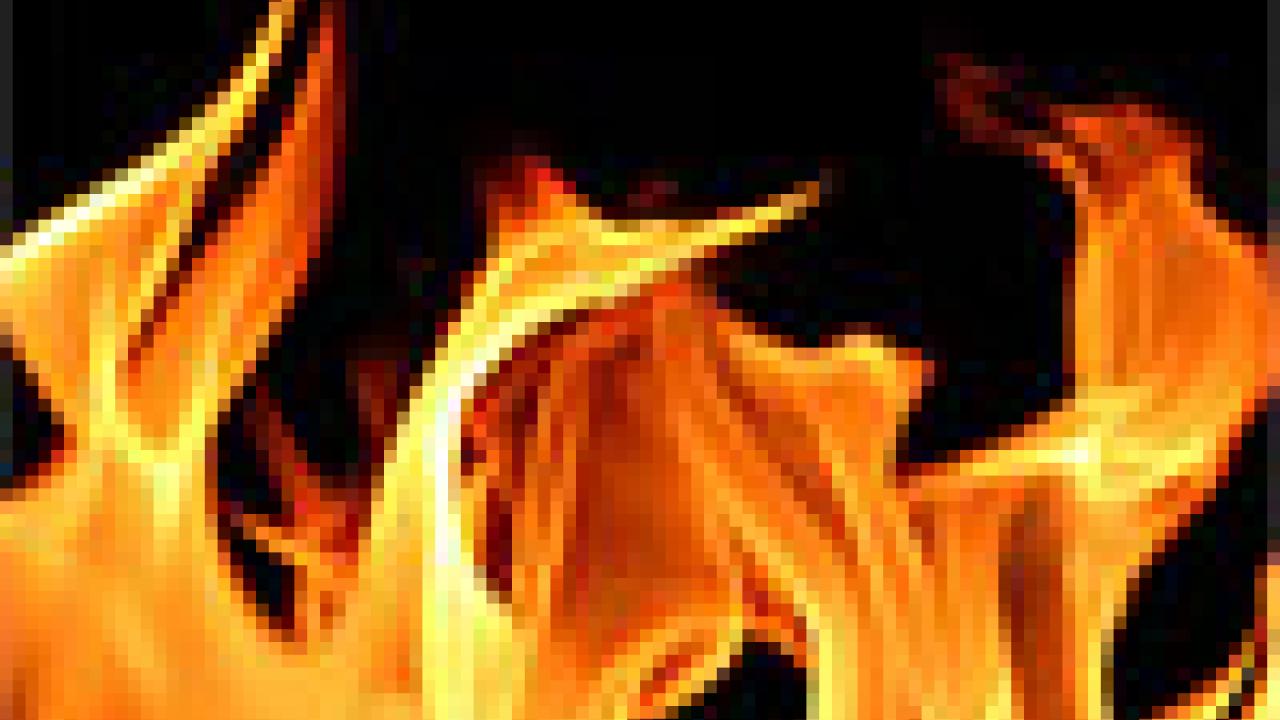California Indian scholars, artists and community members will gather at UC Davis Oct. 26 and 27 for the 22nd annual California Indian Conference and Gathering. The conference will include research presentations, elders' circles, "hand game" demonstrations, dance performances, health screenings and programs aimed at encouraging Native American youth to apply to college.
First held at UC Berkeley in 1986, the conference has grown larger every year. This year more than 150 Native American studies scholars representing 50 nations and tribes, 18 universities and five states will discuss their work. Nearly 400 people have registered to attend the conference. The two-day event is free and open to the public.
Research presentations and community events will include:
Indigenous fire use as a management and conservation tool
10:20 a.m. to 11 a.m. Friday, Room 3201, Hart Hall
Don Hankins, assistant professor of geography at California State University, Chico, and a member of the Miwok Tribe will describe his research into how native Californians used fire as a tool to manage plant and wildlife populations and conserve resources.
Returning to the old ways could spare the state from major fires like those now burning in Southern California, Hankins says.
According to Hankins, the native people of California were skilled at using fire for a variety of reasons including the protection or conservation of structures and other resources, flushing wildlife for hunting and management of vegetation to keep grazing animals close at hand, discourage growth of unwanted plants and encourage growth of desired plants, such as those used in basket weaving.
"The historic data indicate that prior to the curtailment of native burning, there weren't these large fires that consume hundreds of thousands of acres in one fire; rather they were frequently quite patchy and ranged in scale from an individual plant to perhaps a few thousand acres," Hankins says.
"Native people had a very strong understanding of controlled burning that, in my opinion, amounts to science. There are still some native people who have this knowledge. Now is an appropriate time to learn from them."
Decolonizing the California landscape: Resurrecting native place names
3:15 p.m. to 4:45 p.m. Saturday, Mee Room, Memorial Union.
Sama, Pusune, Hoak: These Nisenan words described bustling towns of some 1,500 people that once stood on the sites of the Old Sacramento Cemetery, Discovery Park and Sutter's Farm.
The long-lost place names have been resurrected through the work of Sheri Tatsch, a postdoctoral researcher in the UC Davis Department of Native American Studies, who has spent the past five years painstakingly cross-referencing topographical maps with journal and diary entries made by early European and American visitors to the region.
"Reviving these names is significant in several ways," Tatsch says. "It documents the fact that this wasn't an empty landscape when the Europeans arrived, which is one of the myths we're taught in school. It also shows that contrary to what we've heard about Native Americans having no concept of land ownership, they did lay claim to property by naming it and establishing territories. It's also significant because it shows that they were here, and are here. When we rename a place, we reclaim it."
Other conference highlights
- Introduction to medical school for high school students (1 p.m. to 3:15 p.m. Saturday at the UC Davis School of Medicine Education Building, 45th and X Streets, Sacramento) -- About 100 Native American and other under-served high school students will visit the UC Davis School of Medicine for presentations by a Native American doctor and hands-on experience using telemedicine.
- Hand game lecture and playing from 3:30 to 5 p.m. Friday in the Hart Hall quad
- Description of the Wiyot coming-of-age ceremony from 9 to 10:30 a.m. Saturday in Room 6 of Wellman Hall
- Tongva music from 12:30 to 1:45 p.m. Friday and Saturday in Freeborn Hall
- Maidu traditional dance performance from 8 to 10 p.m. Saturday in Freeborn Hall
The conference is sponsored by the UC Davis Department of Native American Studies with funding from UC Davis, the UC Davis Medical Center, the Rumsey Band of Wintun Indians, Federated Indians of Grayton Rancheria, Middletown Rancheria, San Pasqual Band of Mission Indians and the Yurok Tribe.
The conference coordinator is Martha Macri, the Rumsey Endowed Chair in California Indian Studies at UC Davis.
Tribes participating include: Acjachemen; Apache; Benton Paiute; Cahuilla; Cherokee; Chippewa; Choctaw; Chumash; Creek; Dummna; Eagle; Elem; Esselen; Hupa; Hutu'anape; Karuk; Konkow; Kumeyaay; Lakota; Lenape; Luiseno; Maidu; Mechoopda; Miwok; Nahuatl; Navajo; Nez Perce; Nisenan; Nomelaki; Nomptipom; Oglala; Ohlone; Ojibway; Pomo; Powhatan; Renape; Salinan; Seminole; Shasta; Tubatulabal; Wailaki; Washoe; West Mono; Western Shoshone; Wintu; Wintun; Wiyot; Yaqui; Yuma; and Yurok.
The UC Davis Department of Native American Studies was established in 1993. It was the first such department in the University of California system, and remains one of only a few at major universities nationwide. The department awarded its first Ph.D. in 2003.
For more information, visit: http://nas.ucdavis.edu. The full conference program is available at: http://nas.ucdavis.edu/NALC/cicg/schedule13.pdf.
Media Resources
Claudia Morain, (530) 752-9841, cmmorain@ucdavis.edu
Martha Macri, Native American Studies, (530) 754-8361, mjmacri@ucdavis.edu
